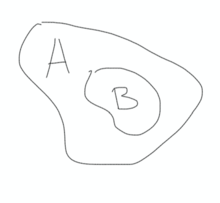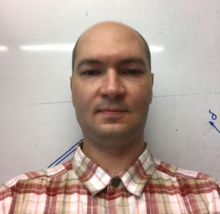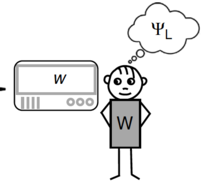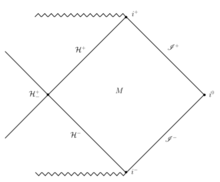Past Events
QG Group Meeting: Introduction to Quantum Error Correction
2018-11-19Quantum Gravity Group Meeting
Title: Introduction to Quantum Error Correction
Speaker: Henry Stoltenberg, Quantum Gravity Unit (Neiman)
Journal club seminar: Superselection Sectors of Gravitational Subregions
2018-11-16Discussion of the recent article by J. Camps "Superselection Sectors of Gravitational Subregions" by Tomonori Ugajin.
QG group meeting: Black hole microstate counting for BTZ black hole
2018-11-12Quantum Gravity Group Meeting
Title: Black hole microstate counting for BTZ black hole
Speaker: Vyacheslav Lysov, Quantum Gravity Unit (Neiman)
Journal club seminar: Holographic Quantum Error Correction
2018-11-09Discussion of the recent article by A. Almheiri "Holographic Quantum Error Correction and the Projected Black Hole Interior" by Henry Stoltenberg.
QG group meeting: Perturbative expansion of Renyi relative divergence and holography
2018-11-05Quantum Gravity Group Meeting:
Title: Perturbative expansion of Renyi relative divergence and holography
Speaker: Tomonori Ugajin, Quantum Gravity Unit (Neiman)
Journal club seminar: Black Hole Entropy and Soft Hair
2018-10-26Discussion of the recent article by Haco, Hawking, Perry and Strominger "Black Hole Entropy and Soft Hair" by Vyacheslav Lysov.
QG group meeting: Conformal Bootstrap at Finite Temperature
2018-10-22Quantum Gravity Group Meeting:
Title: Conformal Bootstrap at Finite Temperature
Speaker: Sudip Ghosh, Quantum Gravity Unit (Neiman)
Journal club seminar: Consistency of Quantum Theory
2018-10-19Discussion of the recent article in Nature by D. Frauchiger and R. Renner "Quantum theory cannot consistently describe the use of itself" by Henry Stoltenberg.
QG group meeting: Fine-tuning and the Second Law in our de Sitter universe
2018-10-15Quantum Gravity Group Meeting
Title: Fine-tuning and the Second Law in our de Sitter universe
Speaker: Yasha Neiman
Journal club seminar: Symmetries and Charges of General Relativity at Null Boundaries
2018-10-12Discussion on symmetries and charges in general relativity at null boundaries by Lin-Qing Chen.













